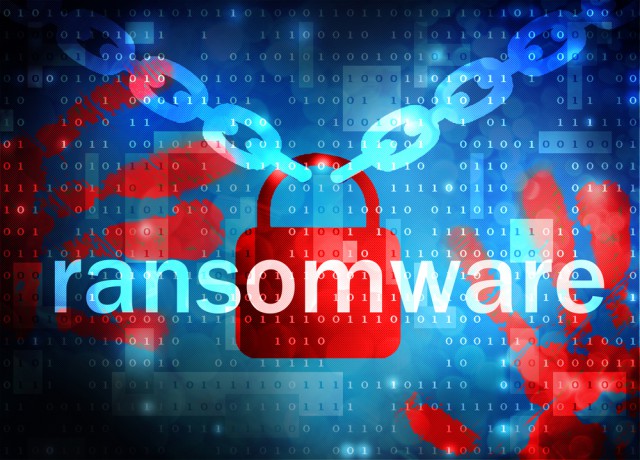
Education and government suffer most from ransomware
The highest rates of ransomware are now found in the education and government sectors according to the findings of a new report from BitSight.
The report looks at how ransomware is impacting almost 20,000 companies in six major industries: finance, retail, healthcare, energy/utilities, government and education. The findings show that the rate of new ransomware strains, such as Locky and Cryptowall, has spiked over the last couple of years, and numerous industries are beginning to fall victim to these ransomware attacks.
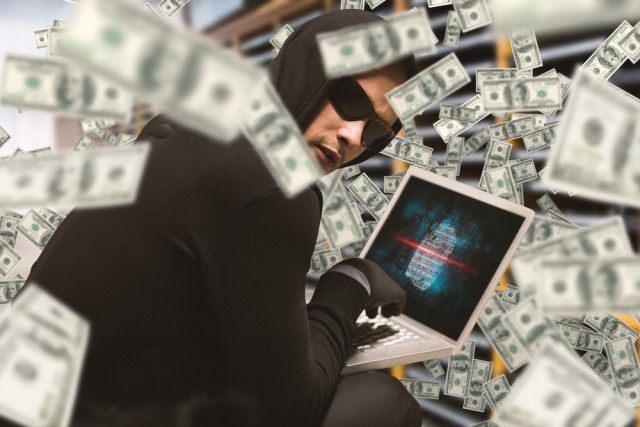
Ransomware is lucrative: Attacker's profits near $100 million
Hackers are increasingly targeting healthcare institutions with malware because of their poor cyber-security posture, reliance on legacy IT systems, third-party services and the need to access information as soon as possible in order to deliver great patient care. These are the conclusions released in a new report entitled McAfee Labs Threats Report: September 2016.
It says that hospitals paid almost $100,000 (£75,500) to a specific bitcoin account. In the first half of 2016, one "actor" (it could be a single hacker, but more likely a group) apparently received $121 million in ransomware (189,813 bitcoin), targeting various industries. This actor, according to the report, has had profits of $94 million in the first six months of this year.

New version of RAA ransomware only goes after business users
A new version of the RAA ransomware was found recently by security researchers at Kaspersky Lab. This one, written completely in Jscript, seems to be targeting business users exclusively, the researchers claim.
It comes as they all do: through an email with the malicious attachment. This one, however, comes in a password-protected zip file. This method does two things:
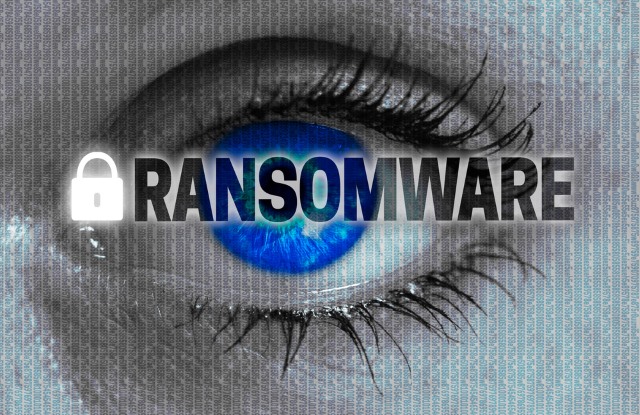
Why ransomware should be feared by companies of all sizes
Ransomware is a powerful cyberthreat that can bring any organization to its knees. It’s a popular tactic among hackers looking for financial gain, or to take down an organization for political or moral reasons -- and it works. In 2015, the Internet Crime Complaint Center (IC3) received 2,453 complaints identified as ransomware, resulting in more than $1.6 million in company losses.
While some think ransomware is only a threat to large enterprises or government organizations, recent activity shows that it doesn’t discriminate based on the size or significance of an organization. According to a warning from the FBI earlier this year: "Hospitals, school districts, state and local governments, law enforcement agencies, small businesses, large businesses—these are just some of the entities impacted recently by ransomware, an insidious type of malware that encrypts, or locks, valuable digital files and demands a ransom to release them".

Ransomware: 3 seconds to encryption
Imagine how you would feel if everything on your entire PC hard drive was encrypted, and somebody was demanding a large sum of money from you to make it accessible? This scenario is exactly what happens to thousands of people every day when they are infected with ransomware, and it is essentially a digital hold up. Though your life is not in danger, you face the imminent threat of catastrophic consequences from the loss of irreplaceable data.
Much of the attention in the industry is focused on the damage caused by ransomware. The common belief is that most ransomware infections are caused by human carelessness, so there is no guarantee that you will never get infected. So the focus really needs to be about how to detect and respond to a ransomware infection.

Ransomware: How to identify the threat and protect yourself against it
Ransomware has affected over 13.1 million US citizens. That’s 4 percent of the entire US population. Half of those people will pay a steep ransom of up to $500 to retrieve their information.
Do not let this be you. Arm yourself against the epidemic and read on to find out how keep yourself from being a part of the statistic.
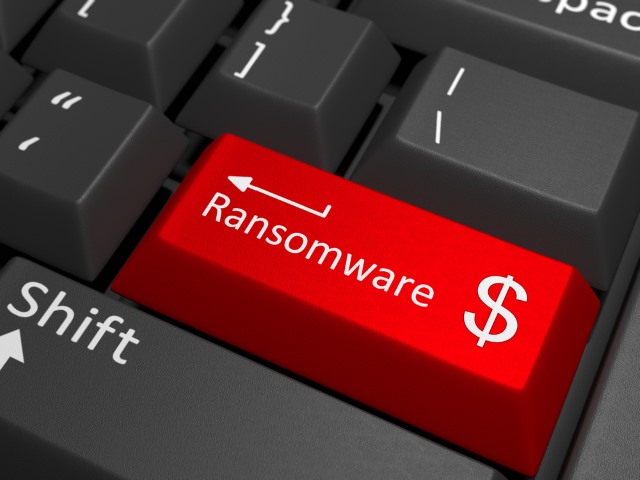
Ransomware-as-a-service tool generates $195,000 profit in July
There are a number of high profile ransomware programs doing the rounds at the moment and we know that it can generate lucrative returns for the people behind it.
But just as in the legitimate commercial world, the as-a-service model is starting to gain traction with attackers. Security vendor Check Point is releasing details of Cerber, which it believes is the world's biggest ransomware-as-a-service scheme.

Application control is a solid defense against ransomware
Application control, such as greylisting, paired with selective local admin rights management, is 100 percent effective against ransomware and unwanted file encryption.
This is according to CyberArk Labs’ new report, based on the analysis of more than 23,000 real-world samples from common ransomware families, such as Cryptolocker, Petya and Locky. More than 30 different malware families were tested, and the results posted in the report entitled Analyzing Ransomware and Potential Mitigation Strategies.

Ransomware makes up half of all malware
Ransomware is no longer a quick and easy way for cyber-criminals to get their hands on some money. It is now considered a "permanent fixture on the threat landscape" -- at least according to PhishMe’s Q2 2016 Malware Review.
The security experts’ new report says ransomware now accounts for 50 percent of all malware configurations, meaning it is now a mature business model. It also says it shows no outward signs of diminishing.

Almost 40 percent of enterprises hit by ransomware in the last year
Ransomware is one of the biggest security threats that organizations face. New research from malware prevention and removal specialist Malwarebytes across the US, Canada, UK and Germany and finds that nearly 40 percent of businesses have experienced a ransomware attack in the last year.
The study conducted by Osterman Research also reveals that of those that have fallen victim more than a third lost revenue and 20 percent had to stop business completely.

Future ransomware will be scary-dangerous
Here is a scary prospect. Ransomware that hides in a corporate network, analyzing it and multiplying itself until it is found on every machine in an organization. Only after it has contaminated every machine in a network will it activate, in a coordinated attack, bringing an entire company’s business to a screeching halt, until a large sum of money is paid to the attacker.
Such an idea is not yet reality, but it’s not far from it, either. Cisco’s Midyear Cybersecurity Report says it is only a matter before we hit this milestone, mostly because ransomware has become the most lucrative malware type in history.
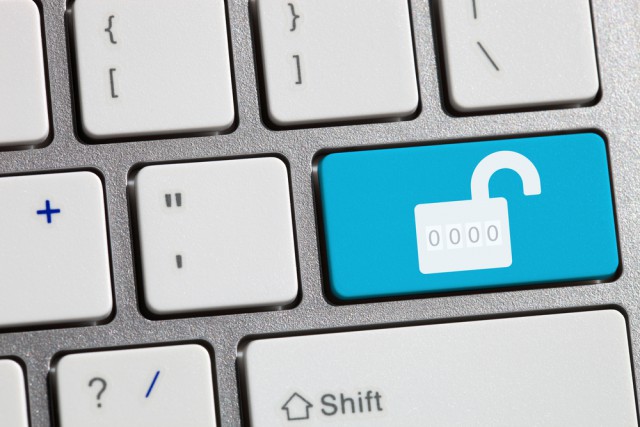
Europol's No More Ransom website helps ransomware victims unlock their files
To help curb the global rise of ransomware, the European police agency Europol has decided to launch a new initiative and website to put victims of an attack in touch with the police.
The initiative will be called "No More Ransom" and will be coordinated by Europol, but will also be receiving help from the Dutch national police, Intel Security and Kaspersky Lab.

88 percent of all ransomware is detected in the healthcare industry
According to the findings of a new report, companies in the healthcare industry have the most ransomware present, accounting for 88 percent of all detections in the second quarter of this year.
The report from managed security provider Solutionary shows other affected industries include education (six percent) and finance (four percent), with eight other industries combining for less than two percent of detections.
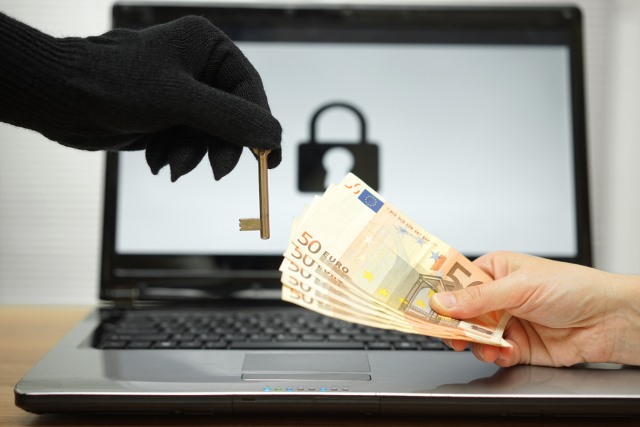
SentinelOne offers customers a $1 million ransomware guarantee
Ransomware is one of the biggest threats that companies face and it can have severe consequences if important files are corrupted or lost.
Endpoint security specialist SentinelOne is underlining its confidence in its product by launching a threat protection guarantee to provide customers with financial protection in the event of ransomware attacks on their networks.

New solution tackles ransomware at source
Ransomware is one of the biggest cyber threats businesses and individuals face and tackling it requires a customized approach.
Israel-based illusive networks is launching a new Advanced Ransomware Guard product that uses deception techniques to spot threats across the entire network, endpoints and servers and neutralize ransomware activity at the source hosts.
